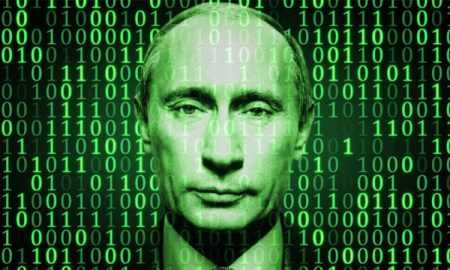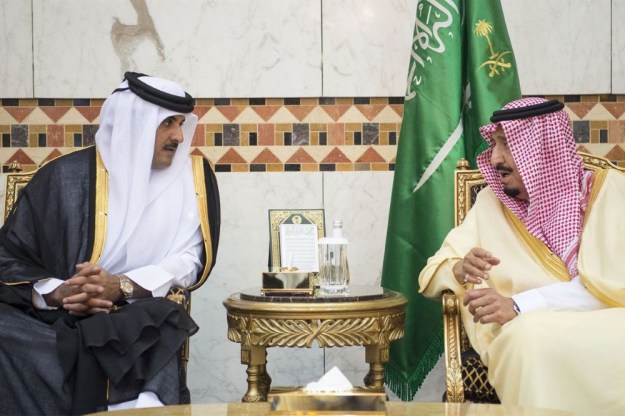By Nan Li
 In January 2017, a long-anticipated reshuffle of the leadership of the People’s Liberation Army Navy (PLAN) took place. The PLAN and its three fleets each received new commanders. Less noticed, but more significant, was the replacement of General Wang Jiaocheng with Vice Admiral Yuan Yubai (袁誉柏), former commander of the PLAN’s North Sea Fleet, as commander of the Southern Theater Command of the People’s Liberation Army (PLA) (Global Times, January 22; Global Times, January 22). This is the first time in PLA history that a naval officer has been appointed to command the multi-service forces of one of its regional combatant headquarters (China Brief, March 31). Most importantly, his appointment is indicative of the shift in China’s military posture from continental defense to maritime security, and the importance of the Southern Theater as a predominantly maritime arena for PLA operations (China Brief, July 22, 2016).
In January 2017, a long-anticipated reshuffle of the leadership of the People’s Liberation Army Navy (PLAN) took place. The PLAN and its three fleets each received new commanders. Less noticed, but more significant, was the replacement of General Wang Jiaocheng with Vice Admiral Yuan Yubai (袁誉柏), former commander of the PLAN’s North Sea Fleet, as commander of the Southern Theater Command of the People’s Liberation Army (PLA) (Global Times, January 22; Global Times, January 22). This is the first time in PLA history that a naval officer has been appointed to command the multi-service forces of one of its regional combatant headquarters (China Brief, March 31). Most importantly, his appointment is indicative of the shift in China’s military posture from continental defense to maritime security, and the importance of the Southern Theater as a predominantly maritime arena for PLA operations (China Brief, July 22, 2016).
Evolving Maritime Strategy













